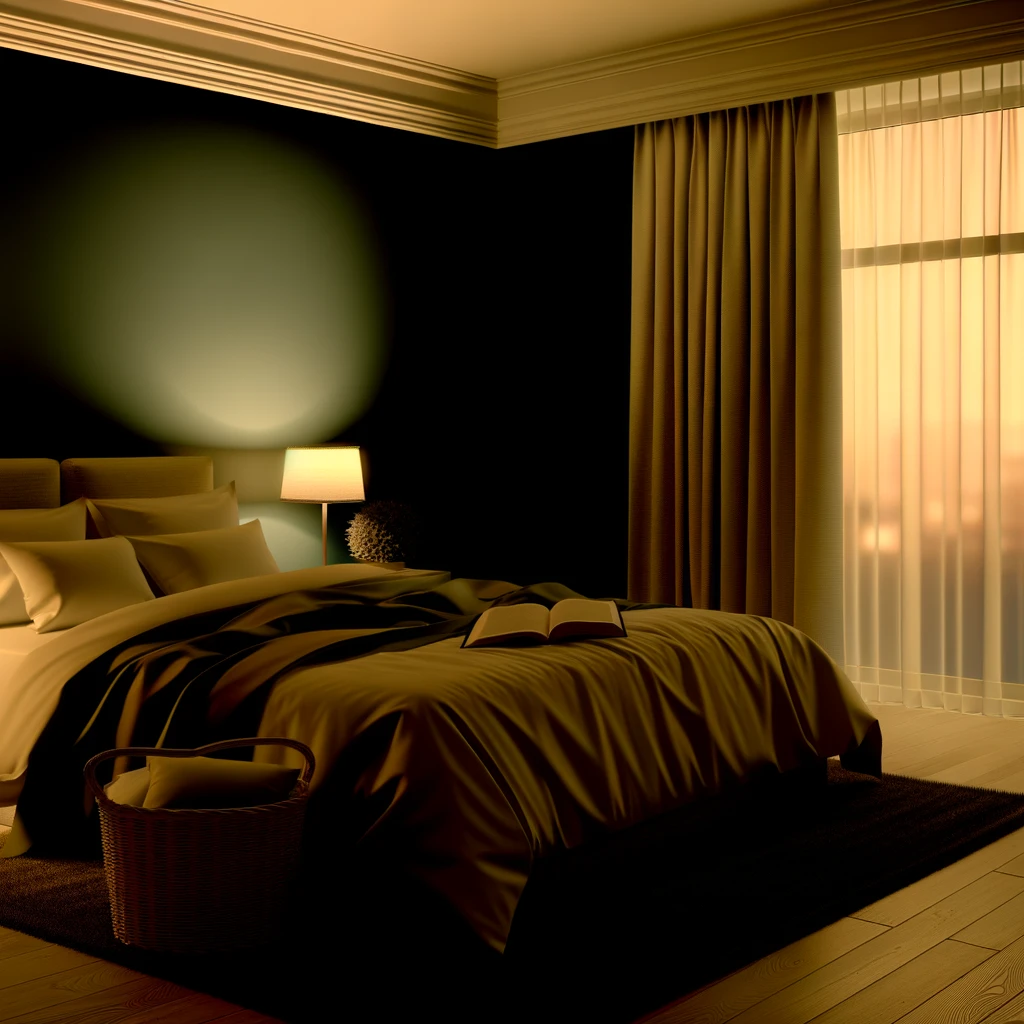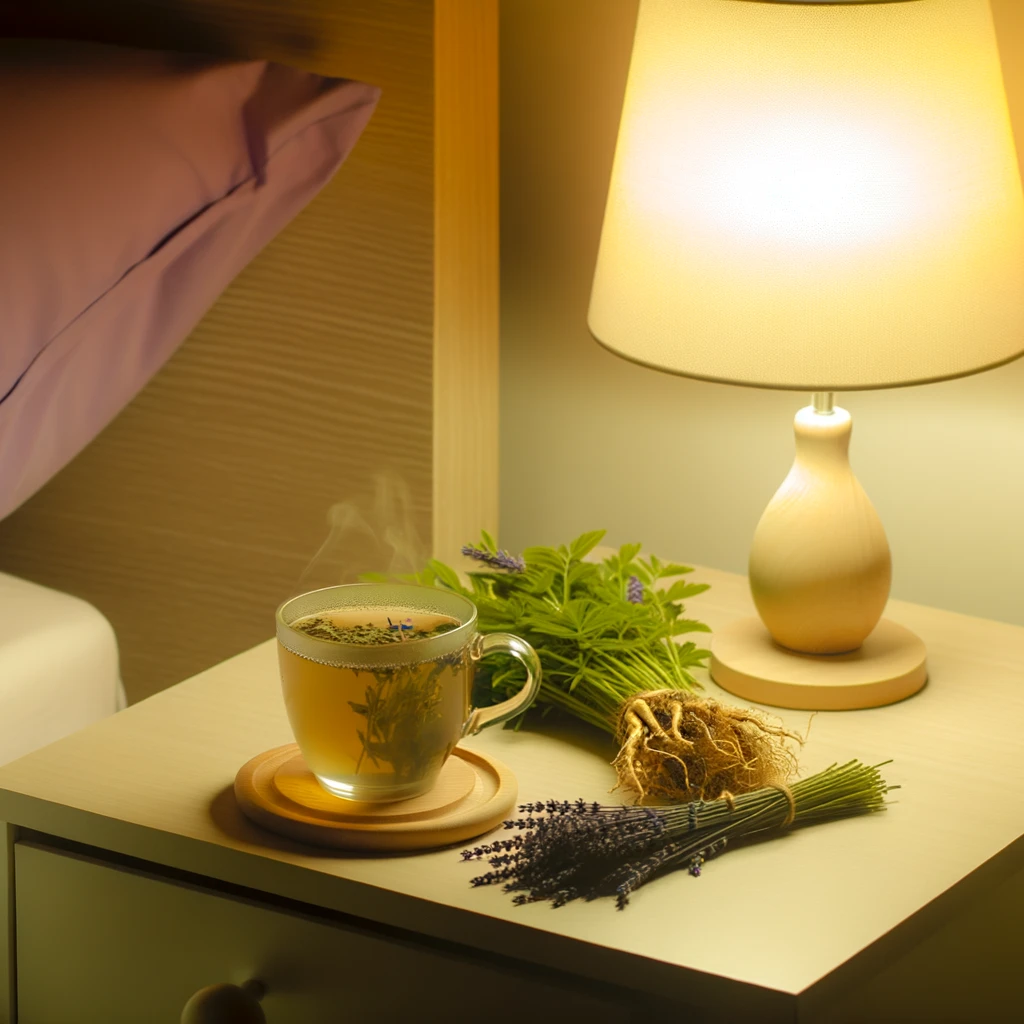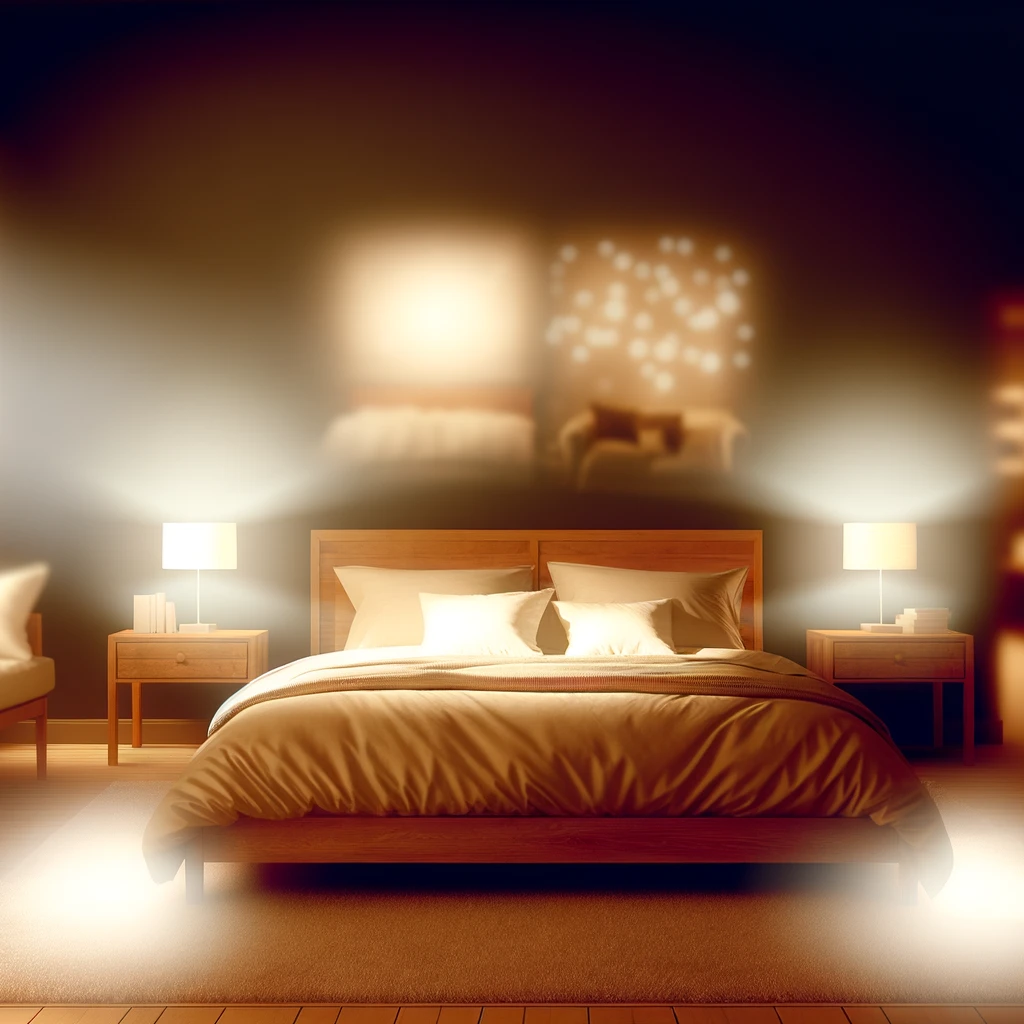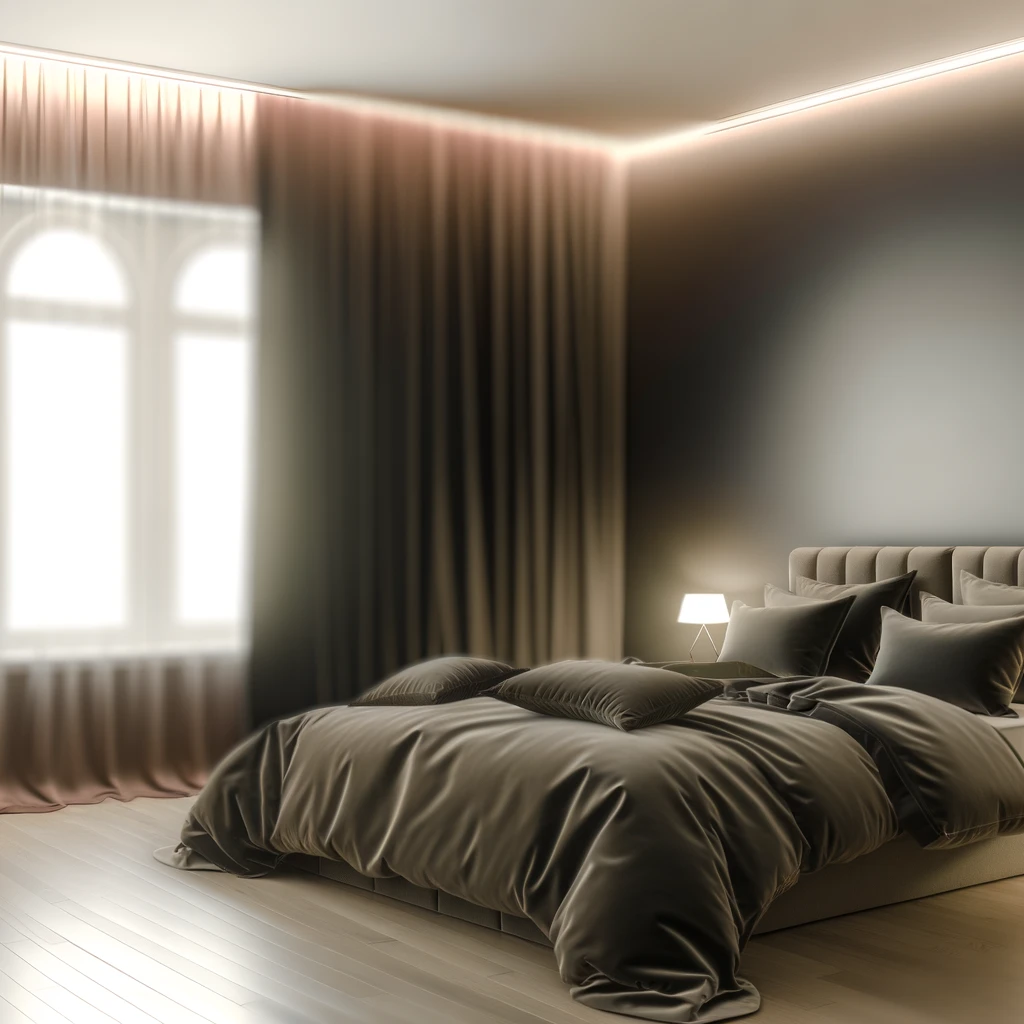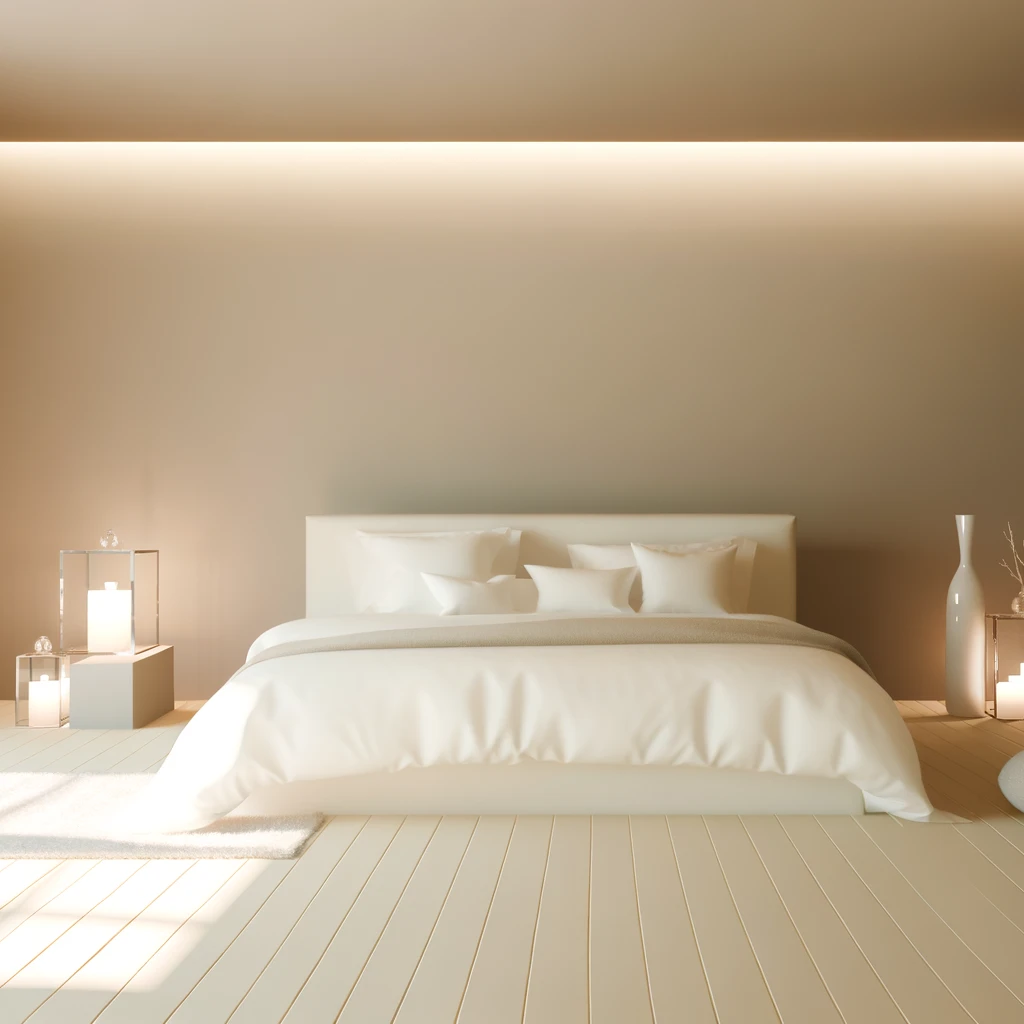
Introduction: The Importance of a Well-Designed Bedroom
In today's fast-paced world, ensuring a good night's sleep is more important than ever. A well-designed bedroom environment plays a crucial role in enhancing sleep quality. From lighting to color choices, every element contributes to creating a serene space conducive to rest. This article explores various aspects of bedroom design that can help you achieve optimal sleep.
Lighting: Setting the Mood for Sleep
Lighting is a critical component in bedroom design. Natural light exposure during the day enhances sleep-wake cycles, while dim lighting in the evening promotes relaxation. Consider using blackout curtains to control external light, and opt for warm, dimmable lights for nighttime.
Choosing the Right Bulbs
When selecting bulbs, go for those that emit a soft, warm glow. LED lights with adjustable settings can mimic natural lighting and help transition from day to night seamlessly.
Color Schemes: Calming Hues for Better Sleep
Color psychology plays a significant role in bedroom decor. Soft, neutral tones like blues, greens, and grays are known to induce relaxation and tranquility. Avoid bold, stimulating colors such as red or orange, which can increase energy and hinder sleep.
Accent Colors and Decor
Incorporate calming accent colors through decor items like pillows, throws, or artwork. This approach maintains a soothing environment while adding personality to your space.
Furniture Layout: Maximizing Comfort and Space
A clutter-free bedroom promotes a sense of calm. Arrange furniture to allow easy movement and avoid crowding. Ensure your bed is the focal point and is positioned in a way that feels secure and balanced within the room.
Bedding Essentials
Invest in high-quality mattresses and pillows tailored to your sleep preferences. Natural, breathable fabrics for bedding are ideal for temperature regulation and comfort.
Temperature and Air Quality: Creating a Comfortable Climate
Maintaining an optimal room temperature is vital for sleep. The ideal sleep temperature is generally between 60-67°F (15-19°C). Use fans, air conditioning, or heating to achieve this range. Additionally, consider air purifiers to enhance air quality and reduce allergens.
Natural Elements
Incorporating plants can improve air quality and add a touch of nature to your bedroom. Choose low-maintenance varieties that thrive indoors, such as snake plants or peace lilies.
Conclusion: Transforming Your Bedroom into a Sleep Sanctuary
Creating a bedroom environment that promotes restful sleep involves mindful choices in lighting, color, furniture, and climate control. By prioritizing these elements, you can transform your bedroom into a sanctuary that supports relaxation and rejuvenation. Implement these tips to enjoy a more restful, restorative sleep experience.
Related Articles
